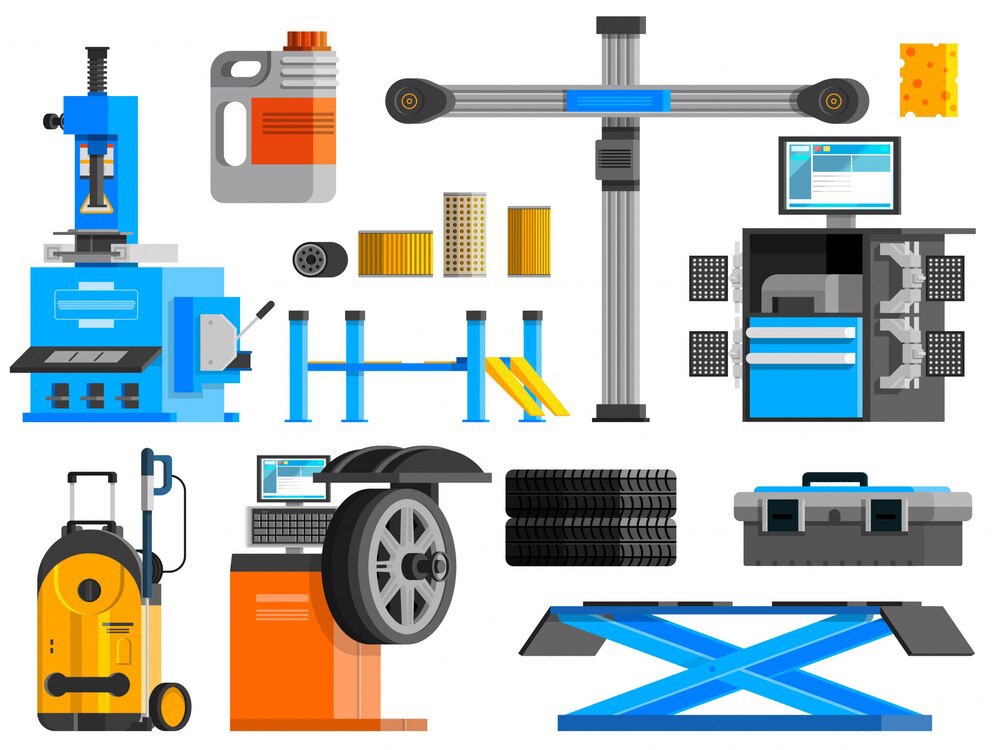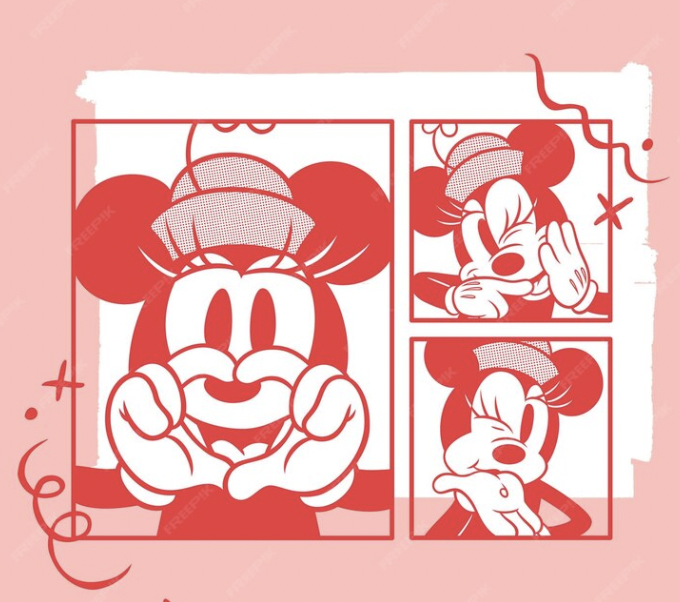Currently, companies are increasingly emphasising to and showing concern for the protection of intellectual property rights for products, including but not limited to trademarks, industrial designs, product packaging, computer programs, and other related products. One of the complex issues in registering intellectual property rights protection is whether product packaging or industrial designs should be protected as copyrights or industrial designs. This article below will analyze and clarify the concerns of businesses/individuals.
| Author’s right | Industrial design | |
| Definition | Author’s right means rights of an organization or individual to works which such organization or individual created or owns.1
Work of applied work are works expressed by lines, color, shapes, and compositions with useful functions, potentially associated with a useful item, and manufactured manually or industrially and include: Graphic design (presentation of product logos, identity, and packaging; presentation of characters); fashion design; aesthetic design associated with forming products; aesthetic interior design, interior and exterior decoration. Works of applied art are expressed by aesthetic shaping of products, cannot be easily created by persons with average understanding in respective field, and do not require aesthetic exterior in order to function.2 |
Industrial design means the outward appearance of a product or a component for assembly of a complex product, embodied in three dimensional configuration, lines, colours or a combination of such elements, and can be seen during the use of the product or complex product.3 |
| Protection condition |
|
According to Article 63 Intellectual Property, the conditions of protecting industrial design are:
|
The difference between copyright and industrial design rights lies in “novelty.” According to clause 1 Article 65 of the Intellectual Property Law, an industrial design is considered novel if it significantly differs from industrial designs that have been publicly disclosed in the form of use, written description, or any other form domestically or internationally before the filing date or the priority date if the industrial design application enjoys priority rights. From this regulation, it can be understood that an industrial design must be novel compared to its own product. This is because when a product is widely disclosed or revealed in any form, it is considered a prior industrial design, which may result in the loss of novelty for the intended industrial design application.
In the course of providing consultations, Apolat Legal has observed that many businesses have lost the opportunity to register industrial designs due to prior public use, even if the product was not widely advertised but merely sold among users. This has rendered their products ineligible for protection as industrial designs because they do not meet the protection requirements, specifically novelty. In such cases, the ultimate solution is to register copyright to protect the external appearance of the product.
| Author’s right | Industrial design | |
| Protection term |
|
An industrial design patent shall be valid from the grant date until the end of five (5) years after the filing date and may be renewed for two consecutive terms, each of five (5) years.4 |
| Protection mechanism | Protection is automatically granted from the moment the work is fixed in a tangible form. The author/copyright owner can proceed with copyright registration at the Copyright Office. | Protection rights are only established based on the decision to grant a protection certificate by the Intellectual Property Office. |
| Processing time | The duration for issuing a copyright registration certificate is 15 days from the date of receipt of the complete application.5 | According to legal regulations, the term for the formal examination of an application is 1 month, and the substantive examination should not exceed 7 months.6 |
| Protection scope |
Copyright protects the fixation of a work, excluding the ideas and creativity involved in creating the work. This means that copyright only protects the image of the applied art work.
|
Industrial designs are protected in terms of content and ideas. |
| Handling infrigement ability | When there are acts of infringement as stipulated in Clause 1, Article 66 of Decree 17/2023/NĐ-CP.
Since the scope of copyright protection is limited to the fixation of the work, this means that the copyright owner only protects the form of the work. The copyright owner cannot take action against infringement when a third party uses or distributes products with designs identical or similar to the applied art work. |
When there is an act of infringement of an industrial design as stipulated in Article 126 of the Intellectual Property Law.
Conversely, since the scope of protection for industrial designs includes safeguarding the ideas and creativity embodied in the design, the owner of an industrial design has the right to address infringements involving the use or distribution of designs that are identical or confusingly similar to the protected industrial design. It is evident that the protection mechanism for industrial designs is stronger compared to that for applied art works. |
Based on the analysis provided, depending on the compliance status with the respective intellectual property rights conditions, the owner will have suitable protection options tailored to the product’s situation. In cases where a business has already disclosed a product before applying for industrial design registration, Apolat Legal advises the owner to consider copyright registration for the product. This serves as a basis for the owner to address third-party infringements.
Apolat Legal recommends that businesses carefully consider registering industrial designs once their products are completed and before market release to ensure novelty. After formal approval of the industrial design, the owner can publicly disclose the product and register copyright for it. During the substantive examination of the industrial design, the owner can also proceed with copyright registration to comprehensively protect the company’s products.
(1) Clause 2 Article 4 Intellectual Property 2005, supplemented, amended 2009, 2020 and 2022.
(2) Clause 8 Article 6 Decree 17/2023/ND-CP.
(3) Clause 13 Article 4 Intellectual Property 2005, supplemented, amended 2009, 2020 and 2022.
(4) Clause 4 Article 93 Intellectual Property 2005, supplemented, amended 2009, 2020 and 2022.
(5) Clause 3 Article 39 Decree 17/2023/ND-CP.
(6) Point c clause 2 and clause 1 Article 119 Intellectual Property 2005, supplemented, amended 2009, 2020 and 2022.
This article is for general information purposes only and is not intended to provide any legal advice for any particular case. The legal provisions referenced in the content are in effect at the time of publication but may have expired at the time you read the content. We therefore advise that you always consult a professional consultant before applying any content.
For issues related to the content or intellectual property rights of the article, please email cs@apolatlegal.vn.
Apolat Legal is a law firm in Vietnam with experience and capacity to provide consulting services related to Intellectual Property Rights and contact our team of lawyers in Vietnam via email info@apolatlegal.com.





































